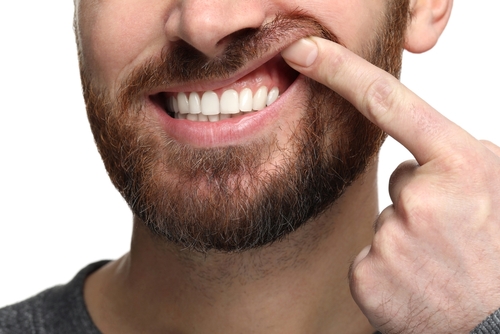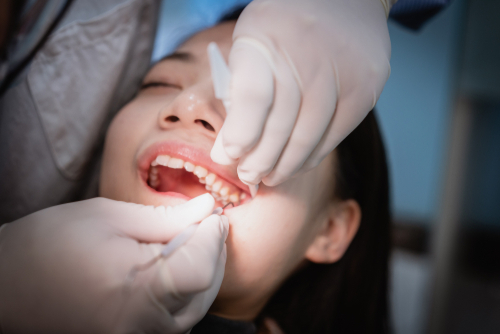Time to Part Ways With A Troublesome Tooth?
If you’re experiencing tooth pain or discomfort, you may need a tooth extraction. Dr. Michael Buck, our top-rated Creston dentist, can perform extractions for various reasons, including severe decay, advanced periodontal disease, or a tooth that has broken and cannot be repaired.
Poorly positioned teeth, such as impacted teeth, or teeth that require removal in preparation for orthodontic treatment may also need to be extracted. Discover if tooth removal is the best solution for your toothaches.




